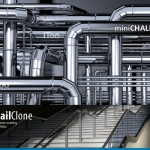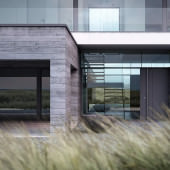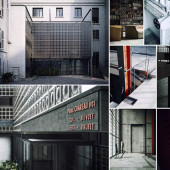RailClone Spiral Staircase How-to
In their continuous effort to make the use of RailClone as easy as possible, Long time blog & challenges sponsor, iToo Software, released a new short how-to video demonstrating how RailClone z-deform modes can be used to create a spiral staircase including balustrades.
In this tips and tricks tutorial we look at the different ways segments can be deformed on the z-axis. In addition to the default behavior – in which the segment adapts to follow the tangent of the path – It is also possible to step segments or deform them so that their verticals remain upright, but horizontal elements follow the spline. A hybrid stepped/vertical option is also possible to maintain a flat area measured from either the top or bottom of the segment, as in the example below. Using these techniques we can create complex structures like railings and balustrades, or even a complete staircase.
Go ahead and check out the RailClone Spiral Staircase Tutorials page now…
The files that come with this series are compatible with 3DS Max 2010 – 2013, and RailClone Pro 2.1. Make sure you check the readme file that comes with this scene for the terms of use.




















Nice design of spiral staircase including balustrades.With the help of this superb design i can imagine some new ideas for my home.
<a href=”http://www.alumitec.com.au/aluminium-balustrades-products.html”>Stair case balustrading</a>
Those stairs look beautiful..
http://www.pearstairs.co.uk/staircase-stairs-design-oak-pine-ash-hemlock-sapele/
I’ve always wondered how they make the round railings for staircases like these. They are just gorgeous! Do you know if it’s common for these types of spiral staircases to be found in homes or if the architecture is generally more expensive? Thanks for sharing your experience with us. http://www.incomweldinghawaii.com/teams